Generic
Human Ear Frequency
By Team Hearzap | July 24, 2025
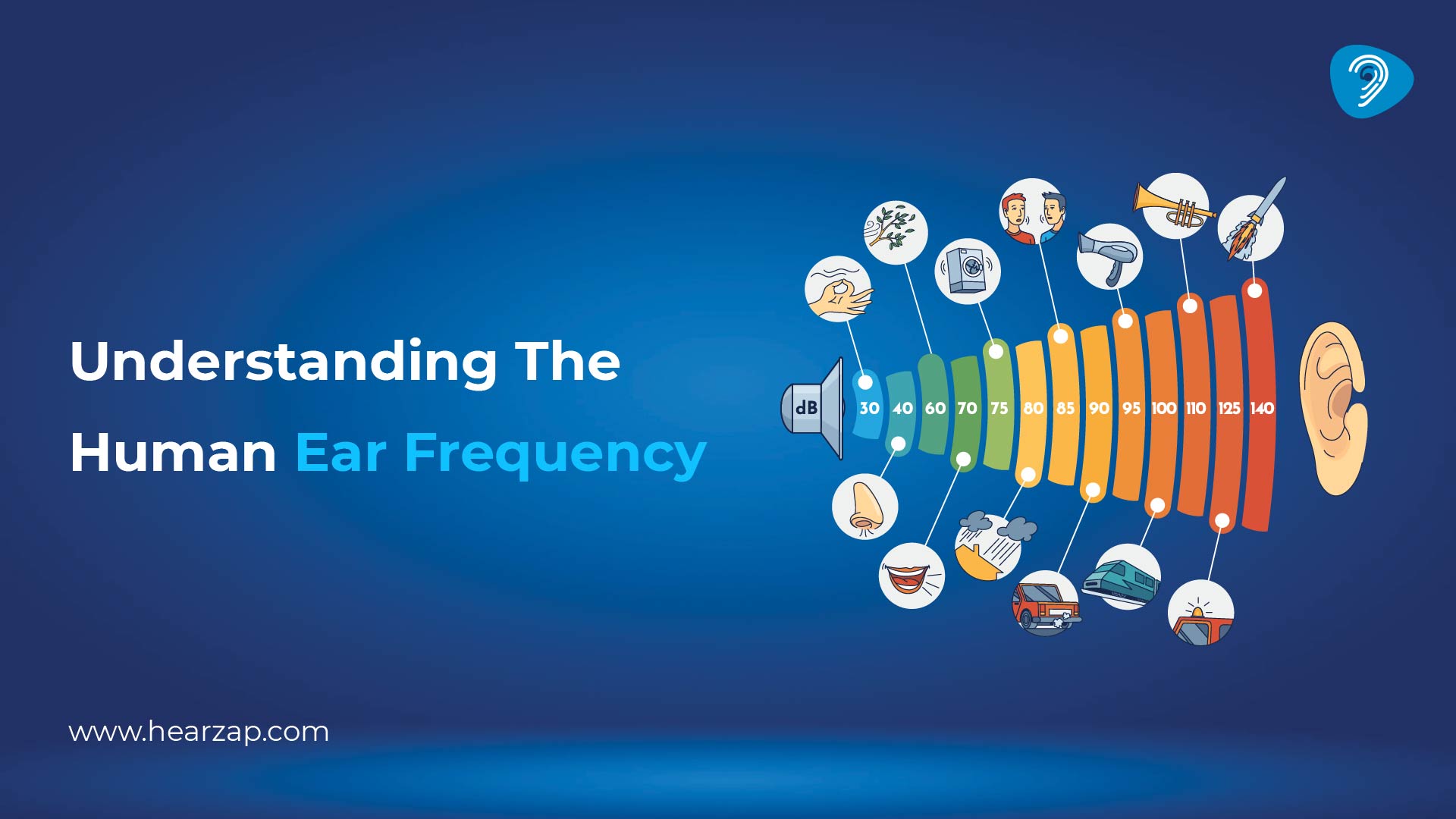
Understanding the human ear frequency
We often take our hearing for granted until the day we can’t make out the words in a conversation or miss the sound of a phone ringing in another room. Ever wonder just how much sound the human ear is designed to hear? That’s where the human hearing frequency range comes in.
Whether you’re curious about how your hearing works or noticing that it’s not quite what it used to be, this guide is for you.
What Does “Hearing Range” Really Mean?
Think of sound as a wave. Some waves are long and slow. These are low, deep sounds like thunder. Some waves are short and fast. These are high-pitched sounds, like a bird chirping or a whistle.
The audible range of human ear covers all the sound frequencies your ears can pick up, from the very lowest to the very highest. This range is usually measured in hertz (Hz). That’s how many vibrations happen per second.
Most healthy young people can hear sounds between 20 Hz and 20,000 Hz
This full spread is the human hearing range in Hz. It covers everything from the low rumble of a truck to the high tone of a flute.
Human Hearing Frequency Range
- Low frequencies (20-250 Hz) feel like bass notes or distant rumbles.
- Middle frequencies (250-4,000 Hz) are where most speech happens.
- High frequencies (4,000-20,000 Hz) include sounds like alarms, birds, and the ‘S’ sounds in speech.
The sound frequency range of human hearing may seem technical, but they translate directly into the way you hear real life.
How Does Hearing Change As We Get Older?
Hearing doesn’t always stay the same. As we age, our ability to hear high-pitched sounds often fades. That’s why you might find it harder to understand women’s or children’s voices, or need to turn up the volume on the TV.
This is normal. Our ears go through wear and tear, just like our eyesight. And the audible range of human ear tends to shrink gradually over time.
Many people in their 60s and 70s can still hear lower-pitched sounds just fine, but the high end sounds fade down to 12,000 Hz or lower. That means parts of speech or music can start feeling muted, even if you don’t notice it right away.
Why Is This Range So Important?
Understanding your human hearing range helps you stay in tune with how your ears are really doing. It can explain why conversations seem harder lately, or why you didn’t hear the kettle boil. It also helps audiologists figure out if you might benefit from a hearing aid.
When you take a hearing test, we measure which tones you can hear at different volumes. That gives us a personalised map of your hearing ability and shows if certain parts of your range are getting harder to detect.
The most sensitive frequency range of human hearing falls between 2,000 and 5,000 Hz. This is where human ears pick up speech and sounds that are in our normal surroundings.
What About Sounds We Can’t Hear?
There are sounds out there that human ears just aren’t built to catch. These are low frequency sounds called infrasound and high frequency sounds called ultrasound.
- Elephants use infrasound to communicate across long distances.
- Bats and dogs can hear ultrasounds far beyond what we can.
So, what range of frequencies can humans hear? In general, it’s from 20 Hz to 20,000 Hz. This window shrinks over time due to age or exposure.
The lowest frequency humans can hear is around 20 Hz. That’s so low, we often feel it more than we hear it. It’s like a heavy vibration in the chest during a loud concert.
Anything below or above our range simply passes through the world without us noticing.
Can We Regain Lost Hearing Range?
Unfortunately, when a part of your hearing range fades, it usually doesn’t come back. But that doesn’t mean nothing can be done.
- Hearing aids can amplify specific frequencies you’re missing, helping you hear voices and sounds more clearly again.
- Cochlear implants may be helpful in more severe hearing loss cases.
- And everyday habits like turning down headphones or wearing earplugs in loud places can help protect the hearing you still have.
Catching these changes early is key. The sooner you know where your audible range of sounds stands, the easier it is to manage.
How to Protect Your Hearing on the Long Run
You don’t have to be in construction or play in a rock band to damage your hearing. Everyday life can take a toll.
Here’s what you can do to protect your human hearing:
- Keep the volume low on personal devices
- Use ear protection in noisy places
- Don’t clean ears with sharp objects or insert things into your ear canal
- Take breaks after long listening sessions
- Manage health conditions like high blood pressure or diabetes, which can affect your ears over time
When Should You Get Your Hearing Checked?
If you’ve been missing parts of conversations, needing subtitles more often, or feeling like the world sounds quieter, it might be time for a hearing check.
Even if you feel fine, getting your hearing tested after age 50 is a smart move. It gives you a baseline, so you can catch any changes early.
At Hearzap, you can schedule a free hearing test and speak with professionals who understand what you’re going through. Your human hearing range deserves attention because hearing well means living fully.
Conclusion
The human hearing range gives us the ability to enjoy music, connect with others, and stay aware of the world around us. But it’s not unlimited, and it can change without us noticing. Knowing your range and taking care of it means you can hold on to life’s sounds long hearzap today. Your ears will thank you.
Also Read: What Is the Human Hearing Range
FAQs
What is the normal human hearing frequency?
Most people with healthy ears can hear sounds between 20 Hz and 20,000 Hz. That’s the full human hearing range, from deep bass sounds to very high-pitched tones like a whistle or birdsong.
Is 14,000 Hz good hearing?
Yes, especially if you're over 40. Most younger people can hear up to 18,000–20,000 Hz, but hearing high frequencies fades naturally with age. So, being able to hear 14,000 Hz is actually a good sign for many adults.
At what Hz should I stop hearing?
Ideally, the upper limit of hearing is around 20,000 Hz if you're young and have no hearing issues. As you age, it’s normal to stop hearing sounds above 14,000 to 16,000 Hz, especially after your 30s or 40s.
What is the highest frequency for human ears?
For most people, the highest frequency we can hear is about 20,000 Hz. That’s usually in childhood or early adulthood. Over time, that upper limit comes down, especially if you've had loud noise exposure.
Which frequency can damage human ears?
It’s not just the frequency but the volume that causes damage. Sounds above 85 decibels, especially in the 2,000-6,000 Hz range, can be harmful if you’re exposed for long periods. Think loud concerts, power tools, or blasting headphones that can do real harm over time.
Related Blogs

Epley Maneuver: A Simple Technique That Helps Vertigo Feel Less Scary

Teleaudiology: The Future of Remote Hearing Care
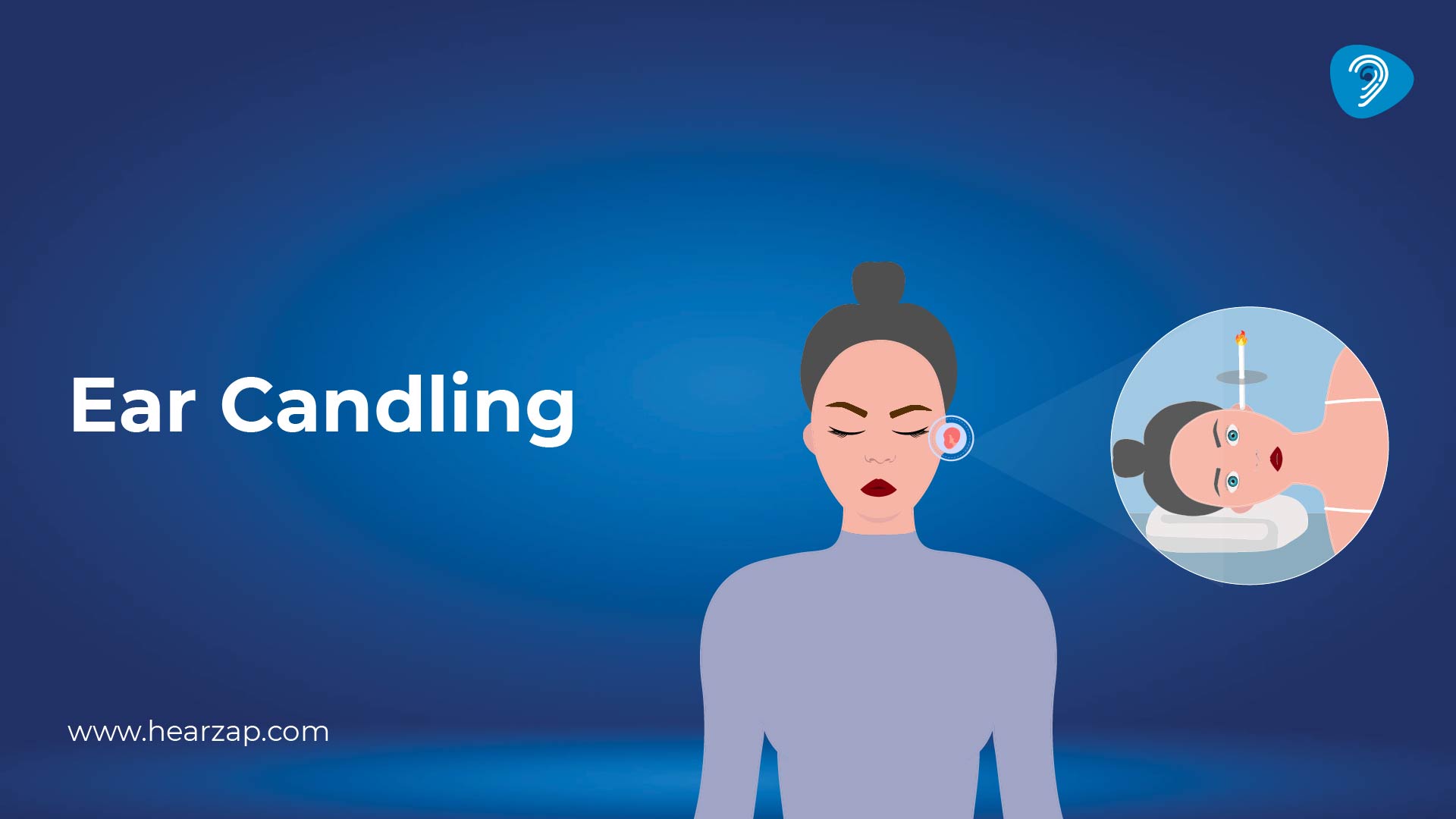
Ear Candling: Does It Really Work or Is It Just a Myth?
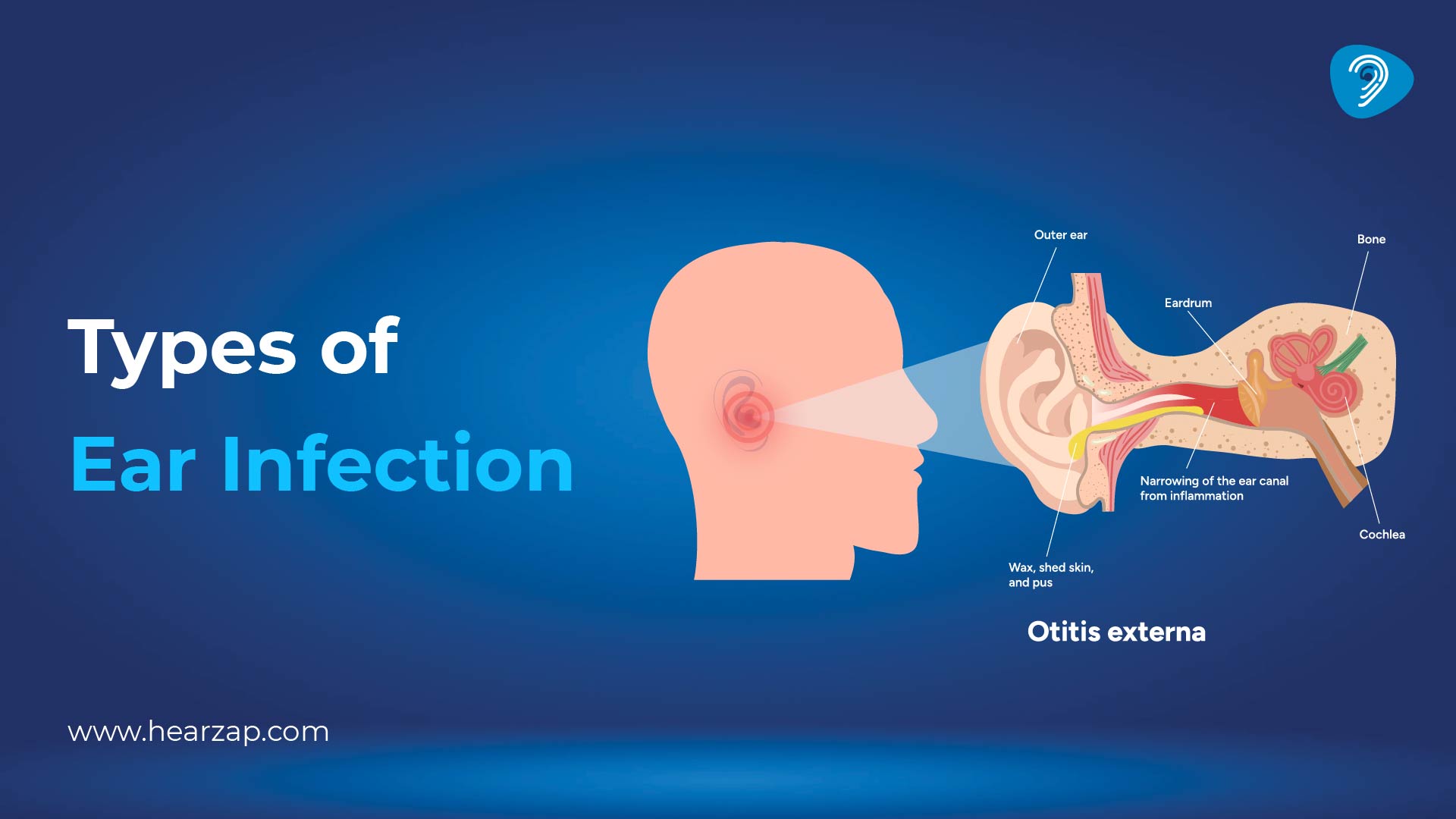
Types of Ear Infections You Should Know About
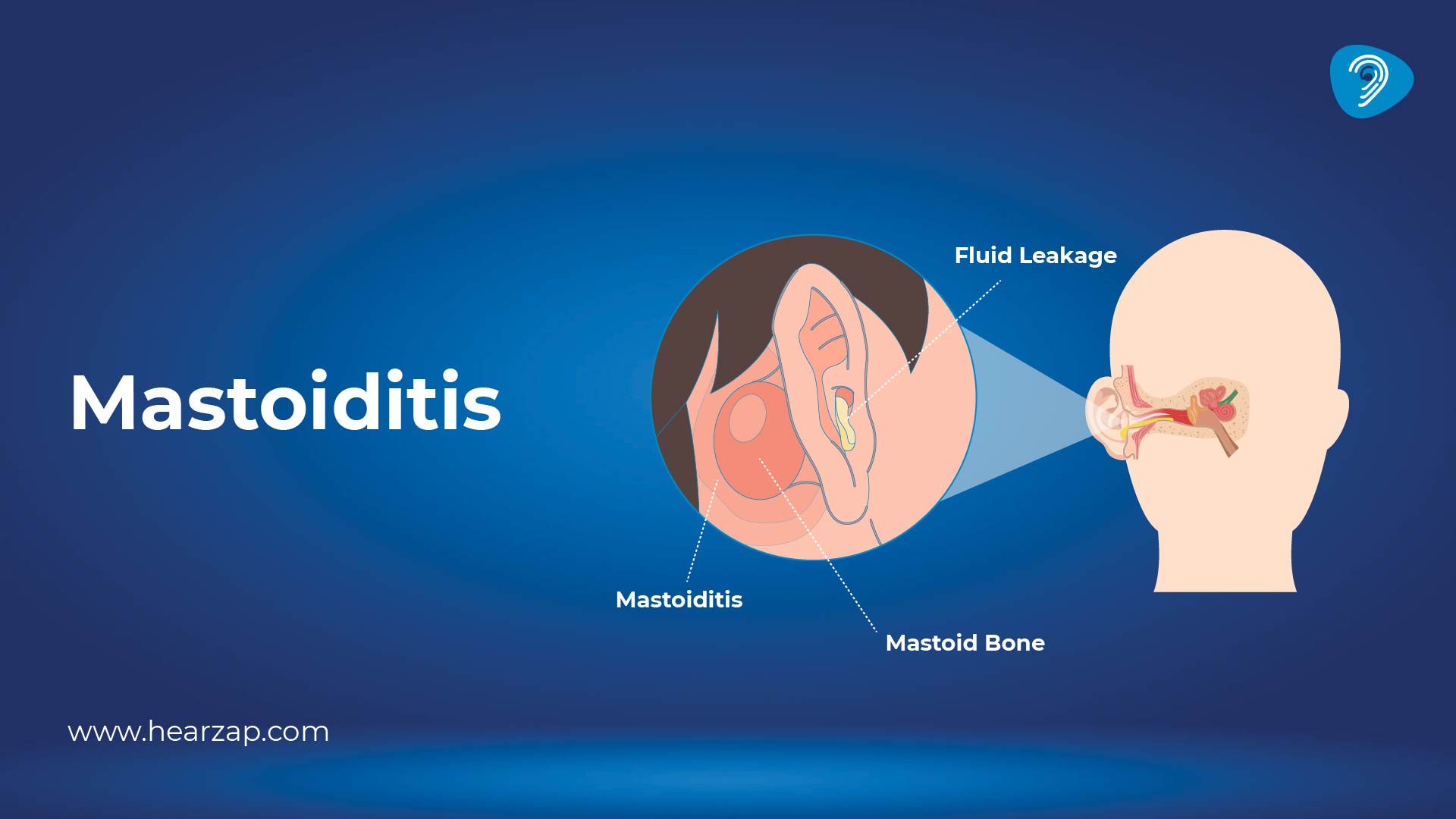
Mastoiditis: Causes, Symptoms, and Treatment Options
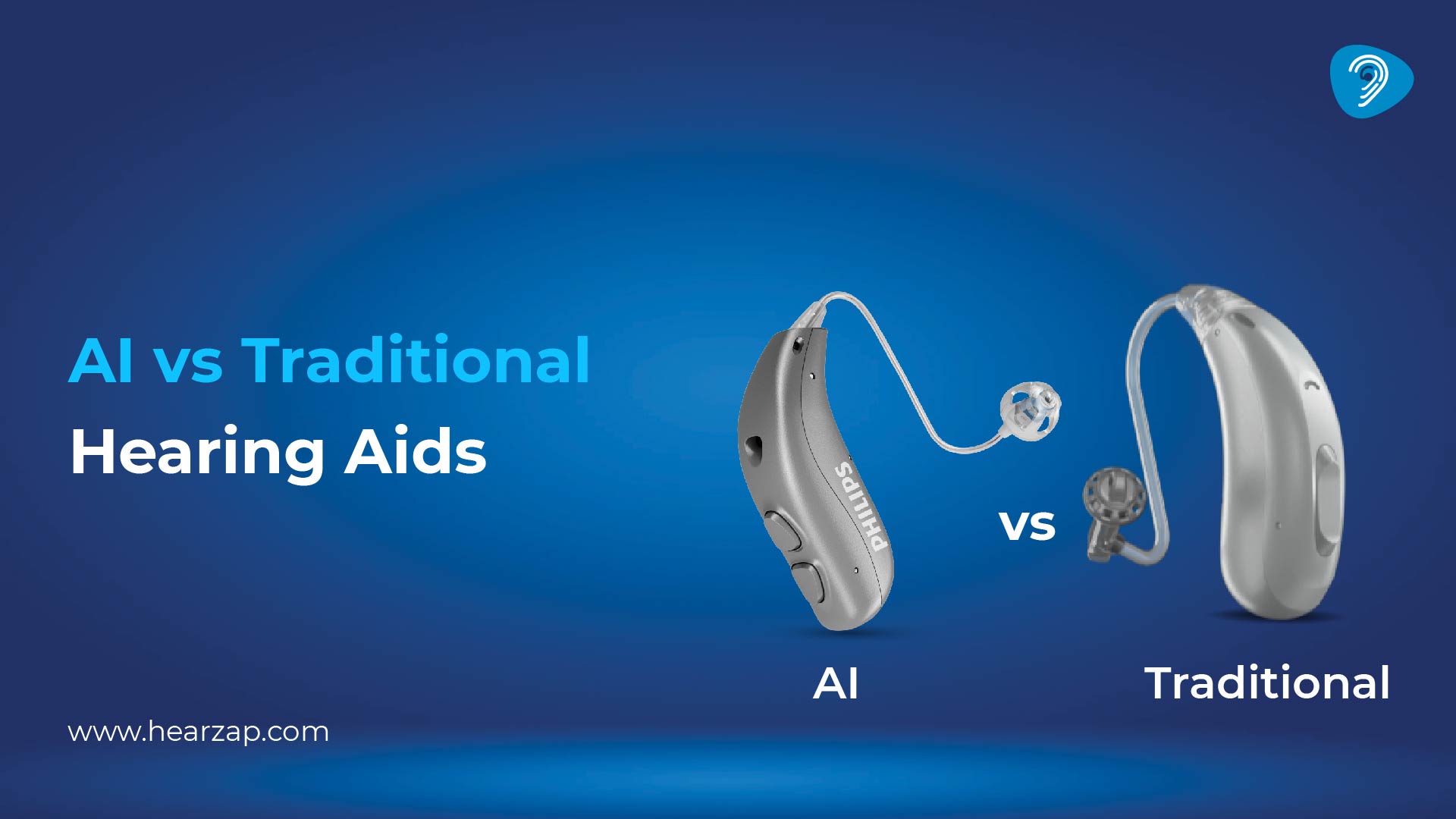
AI vs Traditional Hearing Aids

Swollen Lymph Nodes Behind the Ear: Causes, Symptoms, and Treatment
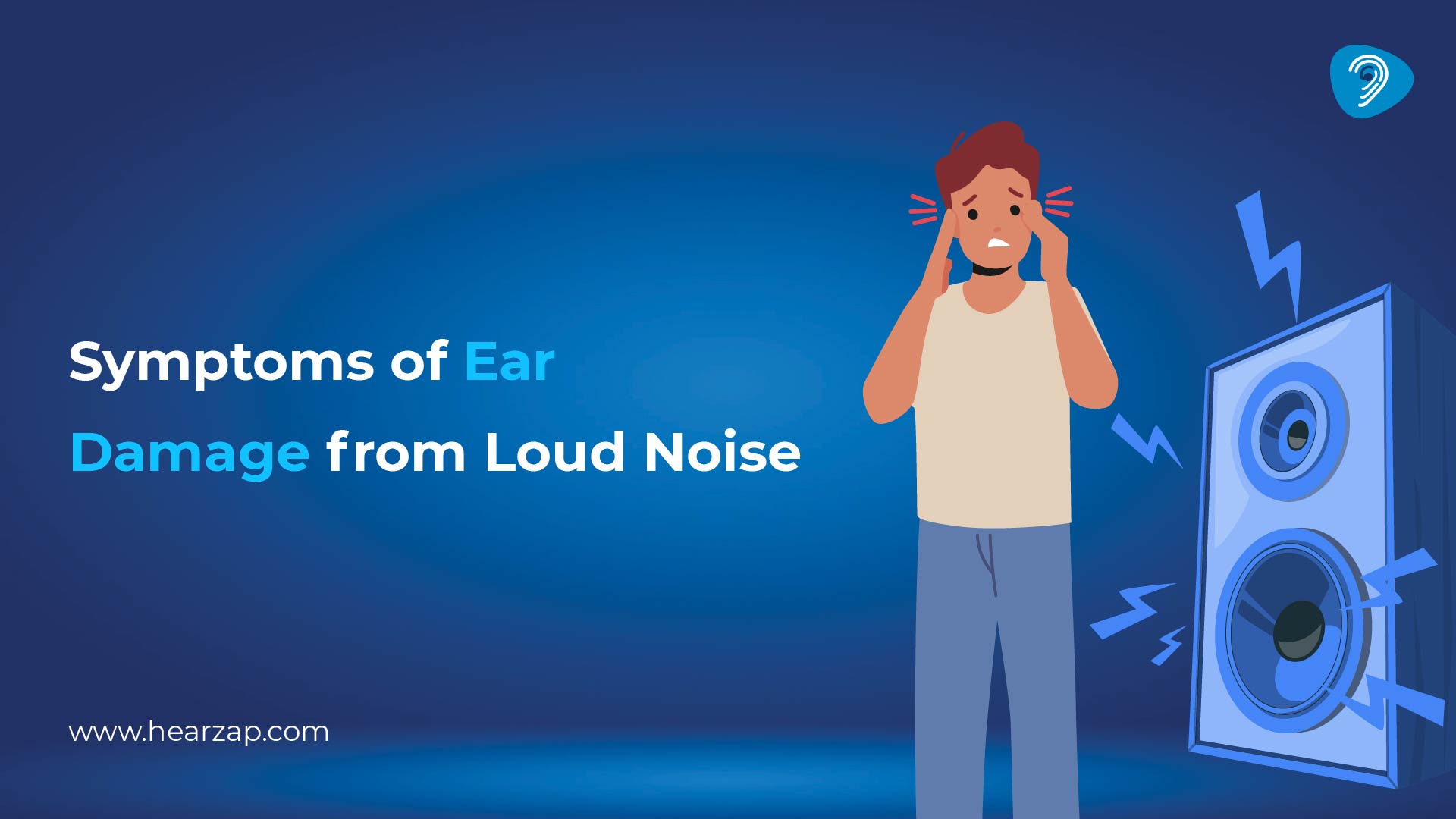
Symptoms of Ear Damage from Loud Noise: What to Watch Out For
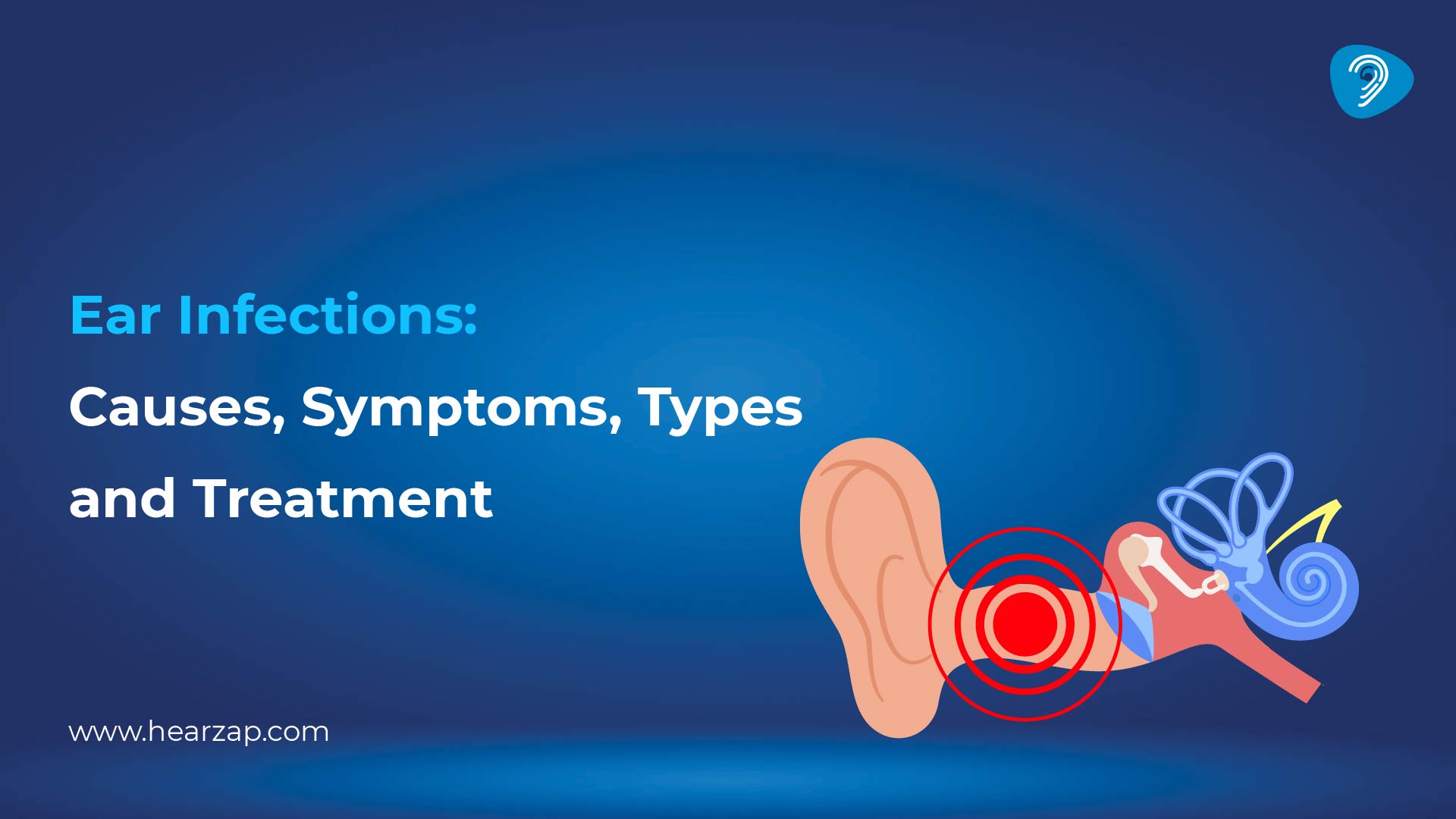
Ear Infections: Causes, Symptoms & Treatment
Contact us
We are here for all your hearing needs, from hearing tests to hearing aids. Fill out the form below, and we will give you a call soon.
Please enter a valid mobile number with 10 digits.
Recent Blogs
By None | Dec. 9, 2025
By None | Dec. 8, 2025
By None | Dec. 4, 2025
By None | Dec. 2, 2025
By None | Nov. 28, 2025









